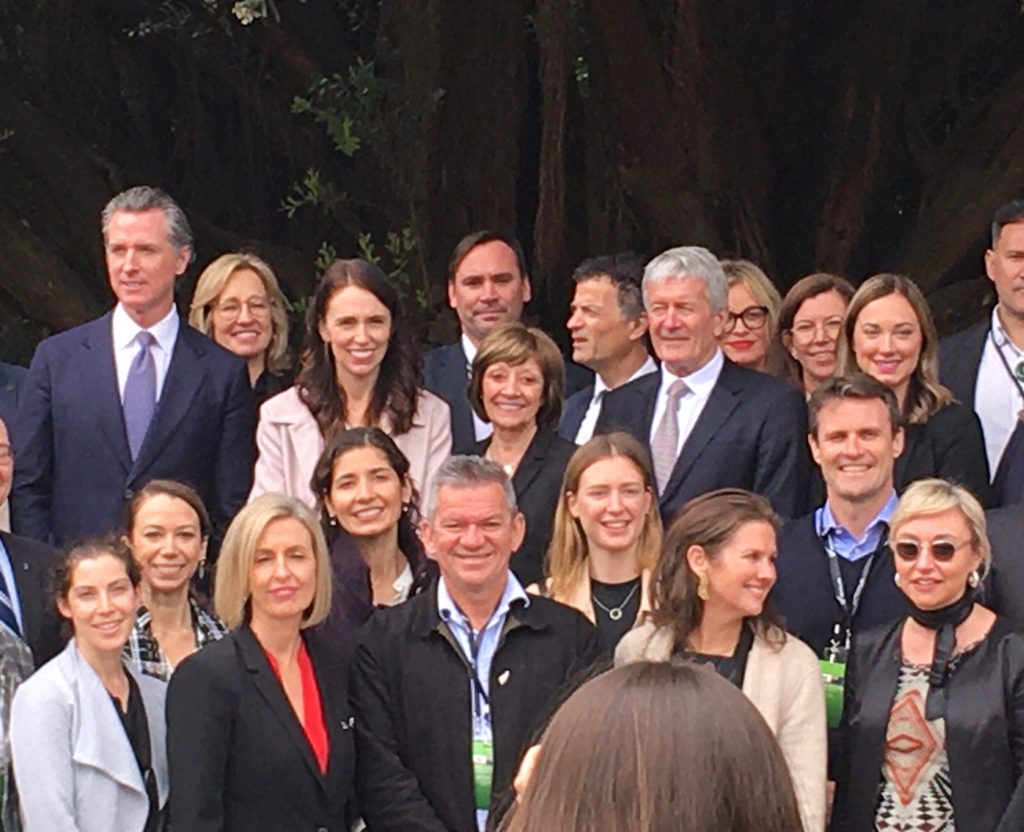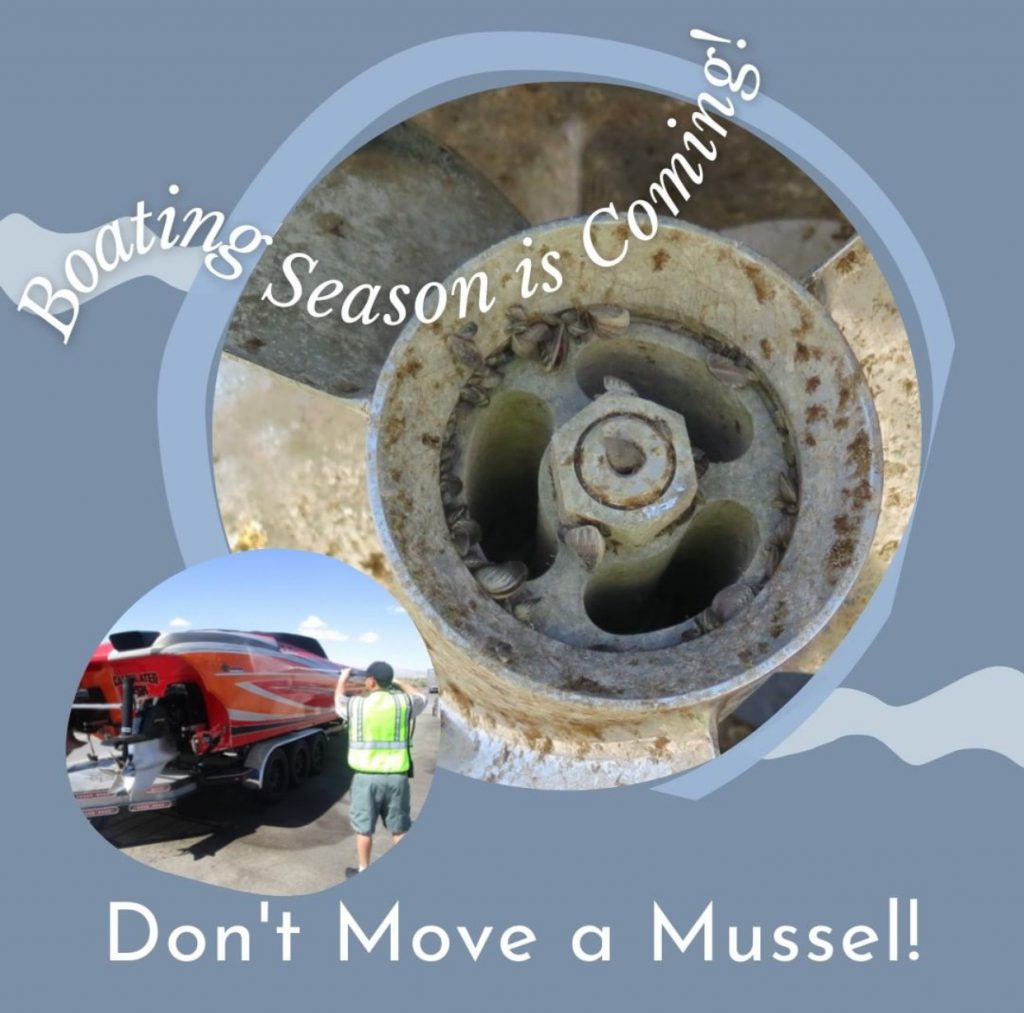New Regulations Will Drive Down Commercial Water Use as Urban Residents and Farmers Cut Back Amid Historic Drought, Changing Climate
From a California Natural Resources Agency news release
As Californians continue efforts to reduce water use at homes and on farms, the Newsom Administration is enlisting the state’s commercial and industrial sector as a partner in immediate and long-term efforts to lessen demand for limited water supplies amid historic drought and a changing climate.
A regulation set to take effect this month will drive a reduction in water use by halting irrigation of decorative or non-functional grass with potable water in commercial, industrial and institutional settings. The regulation applies to turf (mowed grass) that is ornamental and not otherwise used for recreation. It does not apply to residential lawns, school fields, sports fields, or areas regularly used for civic or community events. Ending irrigation of non-functional grass will save the equivalent of water used by as many as 780,000 households every year. The regulation does not restrict the watering of non-turf plantings or trees, which are important for shade and cooling as the state experiences more extreme heat events.
“Drought is one of many concerns that are top of mind for Californians today,” Governor Gavin Newsom said. “Reducing water use should not be on the back of any one sector. It’s a shared responsibility – we all must take immediate action to reduce water demands while we make lasting changes and investments to improve water-use efficiency and water resilience for the long term.”
Last month, Governor Newsom convened leaders from some of the state’s largest urban water suppliers and called on them to take more aggressive actions to combat drought and better engage their customers to ensure all Californians are doing their part to save water.
In the coming weeks, as part of the Save Our Water campaign, the Administration will convene business and corporate leaders to enlist their support to reduce water use and better engage the commercial and institutional sector in long-term efforts toward sustainable water use, particularly in outdoor spaces where thirsty grass consumes water but does not serve a recreational or public health purpose. Replacing turf with native plants and other low-water-use landscaping in these spaces can yield significant and permanent reductions in water use.
The state’s agricultural sector is experiencing severe cuts in surface water deliveries. More than 300,000 acres of farmland are being fallowed this year in the Sacramento Valley alone.
Governor Newsom has taken action to combat drought conditions, including extending the drought emergency statewide last October and in March, issuing an executive order designed to drive additional conservation across all sectors.
In response to the Governor’s direction, many local water agencies, including the Metropolitan Water District of Southern California (MWD), have taken aggressive action to combat the drought. However, others have been slower to trigger drought and conservation measures, and in some cases, have even increased their water usage.
On May 24, the State Water Board adopted regulations that will require local water suppliers to implement Level 2 of their Water Shortage Contingency Plans and compel those that have not developed their own plan to limit outdoor water use to two days per week, ban watering during the hottest parts of the day, and ban irrigating ornamental grass at business and commercial sites.
The state is calling on Californians to take immediate action by limiting outdoor water use. On average, each time you water your yard equals about 240 flushes or 13 full laundry loads (for a washer that uses 30 gallons per load). In addition to following local restrictions, some best practices include:
- Outdoor watering only one or two days a week (if two days spaced apart during the week).
- Water before 9 a.m. or after 6 p.m. and not during the hottest parts of the day.
- Water for eight minutes or less at a time.
- Turn off sprinklers when it rains.
Other things Californians can do include:
- Taking shorter showers. Reducing showers to five minutes saves up to 12.5 gallons per shower when using a water-efficient shower head.
- Taking showers instead of baths – a bath uses up to 2.5 times the amount of water as a shower.
- Using a broom instead of a hose to clean outdoor areas to save 6 gallons of water every minute.
- Washing full loads of clothes to save 15-45 gallons of water per load.
The Governor’s California Blueprint proposed this year would invest an additional $2 billion for drought response, which includes $100 million in addition to a previous investment of $16 million this fiscal year for a statewide education and communications effort on drought. These investments build on the previous $5.2 billion three-year investment in the state’s drought response and water resilience through the California Comeback Plan (2021).






